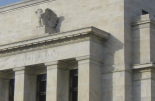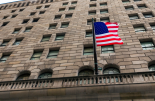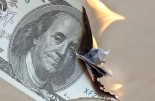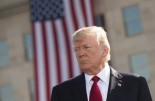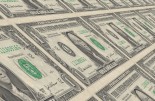Swissquote: One step closer to debt ceiling deal… and a Fed hike
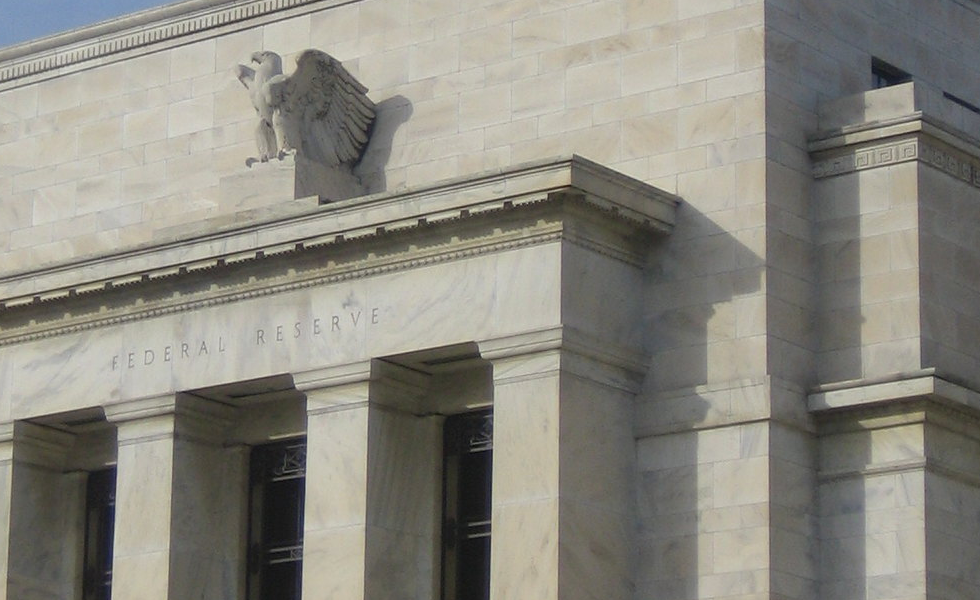
The holiday shortened trading week starts tense but on an optimistic note as US President Joe Biden and House Speaker Kevin McCarthy finally reached an agreement to raise the debt ceiling. The deal must get approval in a congressional vote on Wednesday.
Us Treasury Secretary Janet Yellen warned that the Treasury will be running out of money in about a week, by June 5th.
Presently, it feels like investors are confident that the US debt ceiling will be raised. The kneejerk reaction to a debt ceiling deal will be positive but gains could remain short-lived as most of the deal is already priced in, and the end of the det ceiling crisis means that the US treasury will issue $1 trillion debt to service its existing debt, pay its bills and start refilling the Treasury’s General Account, which fell to below $50billion last week, whereas the balance should be normally around $500bn. This means that the US Treasury will be sucking around half a trillion dollars from the market very shortly. We don’t know at what speed at which the market liquidity will drain, but we know that it will drain.
Then, the latest economic data suggested last Friday that US inflation didn’t ease as much as analysts expected in April. On the contrary, the US PCE prices, the Federal Reserve’s (Fed) favourite gauge of inflation, rose from 4.2% to 4.4% in April, instead of falling to 3.9% as analysts expected. Core PCE rose as well. Personal spending was double what analysts penciled in.
The data boosted odds that the Fed would opt for one last hike at next month’s policy meeting. Activity on Fed funds futures now assesses more chance for a 25bp hike in June, than a no hike. The probability of a 25bp hike increased to 60%.
Prospects of lower market liquidity amid the end of the US debt ceiling crisis, and hawkish Fed expectations are both reasons to turn bearish on stocks.
But the S&P500 closed last week above the 4200 level, while Nasdaq 100 jumped more than 2.50% and hit the highest levels since April 2021. Nvidia added another 2.50% to the 24% rally of the day before, before the eyes of those who continue betting that this can’t be anything else but a … bubble.
The rising interest rates due to the more hawkish Fed expectations are outright bearish for rate-sensitive technology stocks.
The US 2-year yield which captures the best the Fed bets, is up for the 12th straight session.
Fed hawks give support to USD
Rising US yields continue giving a decent support to the US dollar; the US dollar index is now pushing above the minor 23.6% retracement on September to April retreat.
The USDJPY consolidates above the 140 mark, yet the recent fall in US-Japan 10-year bond spread hints that the potential for a further rally above 140 could be limited. The price could soon peak and return toward the 200-DMA, near 137.
The EURUSD. on the other hand, tests 1.07 to the downside.
This week, the US jobs data will reveal whether the US jobs market loosened or not. According to the consensus of analyst forecasts on Bloomberg, the US economy may have added around 180K new nonfarm jobs in May.
But for the last 13 months, not a single time the NFP number was lower than the forecast, and not a single time was it below the 200K mark. Maybe the 14th time is the charm!
Another month of strong US jobs data, and solid wage growth should further fuel the Fed rate hike bets and support the US dollar. In which case, the EURUSD could extend losses below the 1.07 mark, and USDJPY could extend rally above the 140 level.
In commodities, the strong dollar continues weighing on gold appetite, as US crude remains bid, though without a strong conviction, above the $70 into the June 3-4 OPEC meeting when OPEC is expected to announce another output cut to give oil prices another jolt. Yet, any OPEC-boosted rally in oil prices will likely remain short lived.

